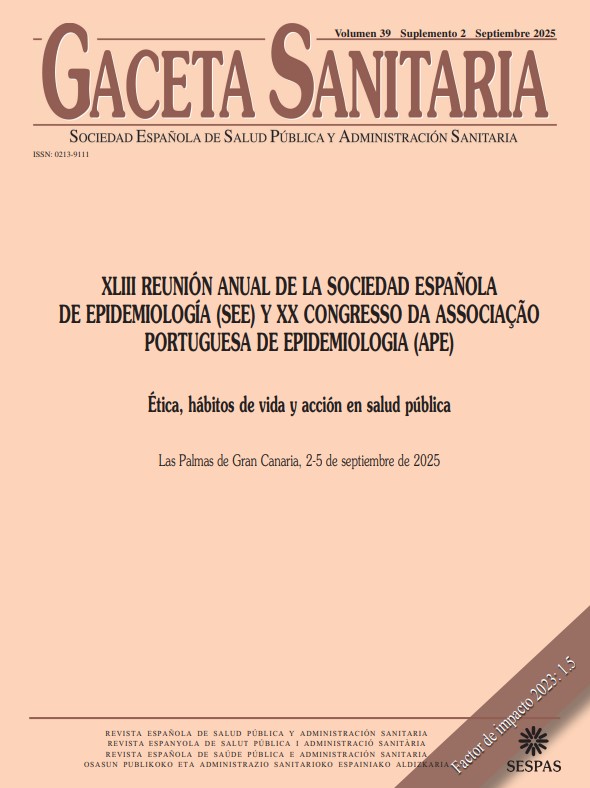442 - THE IMPACT OF PHYSICAL ACTIVITY ON ENDOMETRIAL CANCER RISK AND SURVIVAL
Unit of Nutrition and Cancer, Catalan Institute of Oncology-ICO; Nutrition and Cancer Group, Epidemiology, Public Health, Cancer Prevention and Palliative Care Program, Bellvitge Biomedical Research Institute-IDIBELL; Department of Nutrition, Food Science and Gastronomy. Faculty of Pharmacy and Food Sciences. University of Barcelona.
Background/Objectives: Endometrial cancer (EC) is the type of cancer in women most influenced by overweight. Risk factors include obesity, and factors that cause elevated levels of estrogen (estrogen-only postmenopausal hormone therapy, larger number of menstrual cycles, nulliparity). Previous studies suggest a potential protective role of physical activity (PA) in EC risk, however the underlying mechanisms are not completely understood. PA may contribute to the regulation of body weight and the alteration of estrogen metabolism, thus potentially influencing EC risk. The aim of the present investigation is to evaluate the role of PA in the risk of EC, in the context of European women from the EPIC study.
Methods: A total of 234,195 healthy female subjects from the EPIC study are included in the present analysis. Over a mean follow-up time of 13.9 years, 1549 EC were diagnosed, of those, 114 died of EC. PA information was collected at baseline through standardized questionnaires. Information on clinical, sociodemographic and anthropometric variables was additionally compiled. Cox proportional hazard models were applied, adjusting for potential confounding variables. All statistical analyses were performed using R software, version 4.4.1.
Results: EC cases had a higher BMI, were older, most likely to be post-menopausal and physically inactive than women from the entire cohort. As an illustration, the mean BMI for EC cases was 27.1 (sd 5.4) (vs. 24.7 (sd 4.4) for the entire cohort) and 71.5% of the EC cases were physically active (vs. 75.9% in the full cohort). We observed a weak association between PA and EC risk. Compared to inactive women, those who were active had a 5% decreased risk of EC (HR = 0.95 95%CI = 0.84-1.07), suggesting a protective trend. However, after adjusting for BMI, the association became less significant (HR = 1.03, 95%CI = 0.91-1.17). Looking at those participants with a BMI higher than 25, we found a protective association between PA and EC risk (HR = 0.86, 95%CI = 0.74-1.01), suggesting that BMI might be an important mediator in the association. The analyses on the association between PA and survival are currently ongoing.
Conclusions/Recommendations: Our results suggest a protective effect of PA in EC risk, potentially mediated by BMI. Further research is necessary to better understand the relationship between PA and EC.















